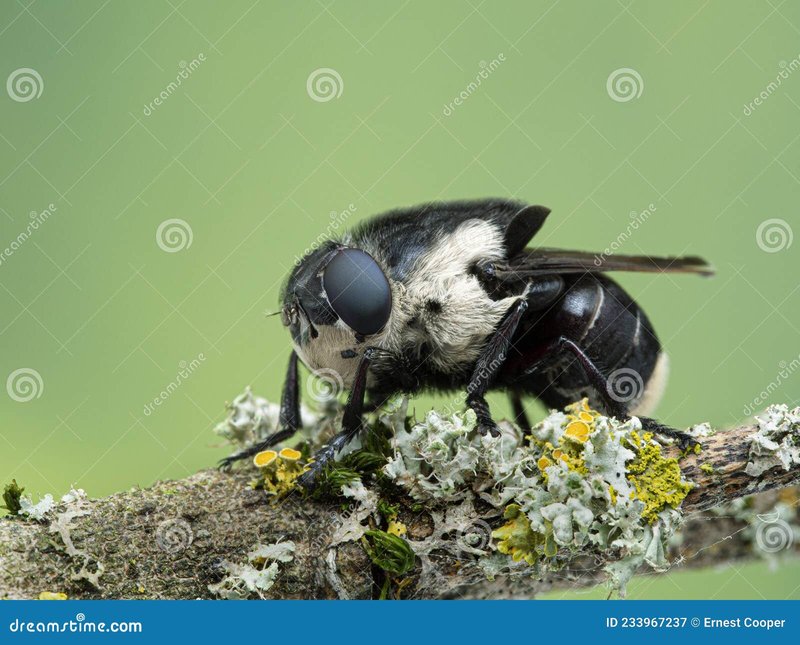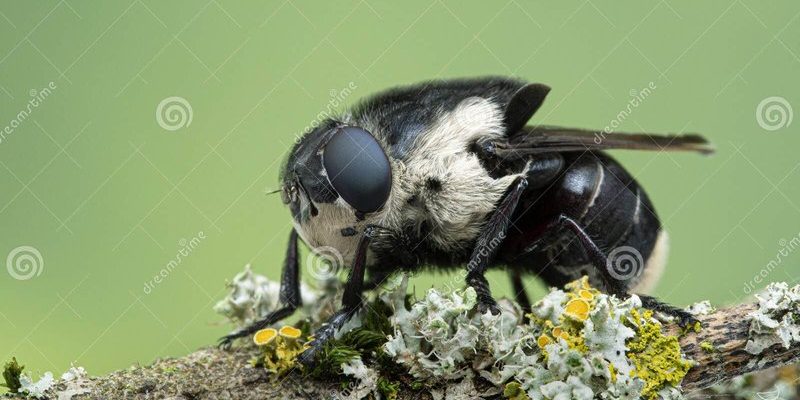
Botflies aren’t just everywhere; they have favorite places to hang out. They thrive in warm, moist environments—think tropical and subtropical regions. But it’s not only their preferred climate that matters. The specific habitats they latch onto play a significant role in their lifecycle. By knowing where these habitats are, we can better understand how to protect ourselves and our pets from these pesky invaders.
Now, let’s dig deeper into the specific habitats that create a perfect storm for botfly activity.
Tropical Rainforests
Tropical rainforests are like the bustling cities of the insect world—full of life and activity, providing perfect conditions for botflies. These environments are warm year-round, with high humidity and an abundance of hosts, which in this case, are mammals. Think about it: the dense foliage provides excellent cover for botflies to thrive, while the myriad of animals—including monkeys, deer, and even domestic pets—offer plenty of opportunities for laying eggs.
You might be wondering how botflies actually find their hosts in such a crowded place. They rely on their keen sense of smell to detect mammals, often targeting areas where animals congregate, like rivers or fruit trees. The more host animals in an area, the more botflies there will be. So, if you’re exploring a tropical rainforest, keep an eye out for areas bustling with wildlife. You don’t want to become an unwitting host!
Why Rainforests Matter
The impact of tropical rainforests goes beyond just being a habitat for botflies. They play a crucial role in the ecosystem, contributing to biodiversity and the health of the planet. But as these forests face deforestation and climate change, the dynamics of botfly activity could also shift. Less forest could mean fewer hosts, which might reduce botfly populations, or it could cause them to adapt to new environments. Honestly, it’s a delicate balance.
Grasslands and Savannas
Next up are grasslands and savannas, which are like the open plains of the insect world. With vast stretches of grass and occasional shrubs or trees, these environments have a mix of warmth, sunlight, and moisture—perfect for botfly activity. Animals like bison, antelopes, and even domesticated livestock roam freely here, providing a wide range of hosts for the botflies to target.
In these habitats, botflies often take advantage of animals grazing in large groups. The sheer number of potential hosts makes it easier for the flies to find suitable spots to lay their eggs. If you’re out in these wide-open spaces, be mindful of both the wildlife and your own skin. You might have the best view in the world, but that doesn’t mean you want to share your body with a botfly!
Wildlife Corridors
Wildlife corridors—areas that connect different habitats—are critical for the movement of animals. For botflies, these corridors can be ideal locations to find new hosts. As animals migrate or move between different areas for food and mating, they may unintentionally carry botfly larvae with them. This dynamic can spread botfly populations into new territories, turning previously unaffected habitats into prime locations for infestation.
Wooded Areas and Forest Edges
Wooded areas, especially at their edges, can serve as a bridge between the dense forests and open fields. These transitions create microclimates—warm and humid zones that can be attractive habitats for botflies. Here, you get a mix of wildlife from the forest and open plains, making it a jackpot for these flies looking for hosts.
The presence of wild animals like deer, rabbits, and even pets in these wooded areas increases the chances of botfly activity. When animals pass through, they often carry with them the potential for botfly larvae. It’s a classic case of nature’s interconnectedness, and it means that if you’re hiking or camping near a forest edge, you might need to pay extra attention to your surroundings.
Plant Life and Botfly Attraction
Certain plants can attract botflies by providing shelter and food sources for their preferred hosts. For instance, flowering plants might draw in mammals looking for nectar or cover. As these animals get comfortable, they become easy targets for botflies. This creates a fascinating circle—healthy ecosystems support both plants and animals, but they can also boost the chances of unwanted guests.
Urban Areas with Feral Animals
You might think that urban areas are safe from botflies, but that’s not always the case. When you have feral animals like cats and dogs roaming around, they can carry botfly larvae into cities. Inner-city parks and green spaces can be hotspots for these invasive flies, especially if they are frequented by wildlife.
In urban settings, the humidity from nearby water sources, like rivers and lakes, contributes to the perfect environment for botflies. Here’s the thing: just because you’re in the city doesn’t mean you’re immune. If you have pets, keep an eye out, especially during the warm months when botfly activity peaks.
Controlling Botfly Populations
Urban areas can adopt measures to reduce botfly populations by controlling feral animal numbers and educating residents on how to spot and prevent infestations. Community awareness can go a long way in protecting both pets and people from these unwelcome guests.
Coastal Regions and Estuaries
Coastal regions are another surprising habitat for botflies. Here, the combination of moisture from the ocean and the warmth of the sun creates a unique environment. Estuaries, where freshwater meets saltwater, can be particularly humid and lush. Birds and mammals frequent these areas, making them ideal for botflies looking for hosts.
In these habitats, the presence of both wildlife and human activity can create a perfect storm for botfly infestations. Animals like seals and otters might become hosts, while humans may unknowingly bring their pets into these vulnerable zones.
The Impact of Climate Change
With climate change altering habitats, coastal regions may see increased botfly activity as conditions become more suitable for their survival. Rising temperatures and changing moisture levels could expand their range, pushing them into areas where they weren’t typically found. It’s a reminder that as we adapt to a changing world, so too do the creatures within it.
Knowing about the habitats most susceptible to botfly activity is essential for anyone who enjoys the outdoors. From lush tropical rainforests to urban areas buzzing with feral animals, many environments are ripe for these parasites. By being aware of where botflies thrive, you can take steps to protect yourself and your pets.
So, next time you’re venturing into nature or even enjoying a park in the city, remember to keep an eye out for potential botfly habitats. Whether you’re hiking through a forest or relaxing by the coast, a little awareness can go a long way in keeping those pesky bugs at bay!

